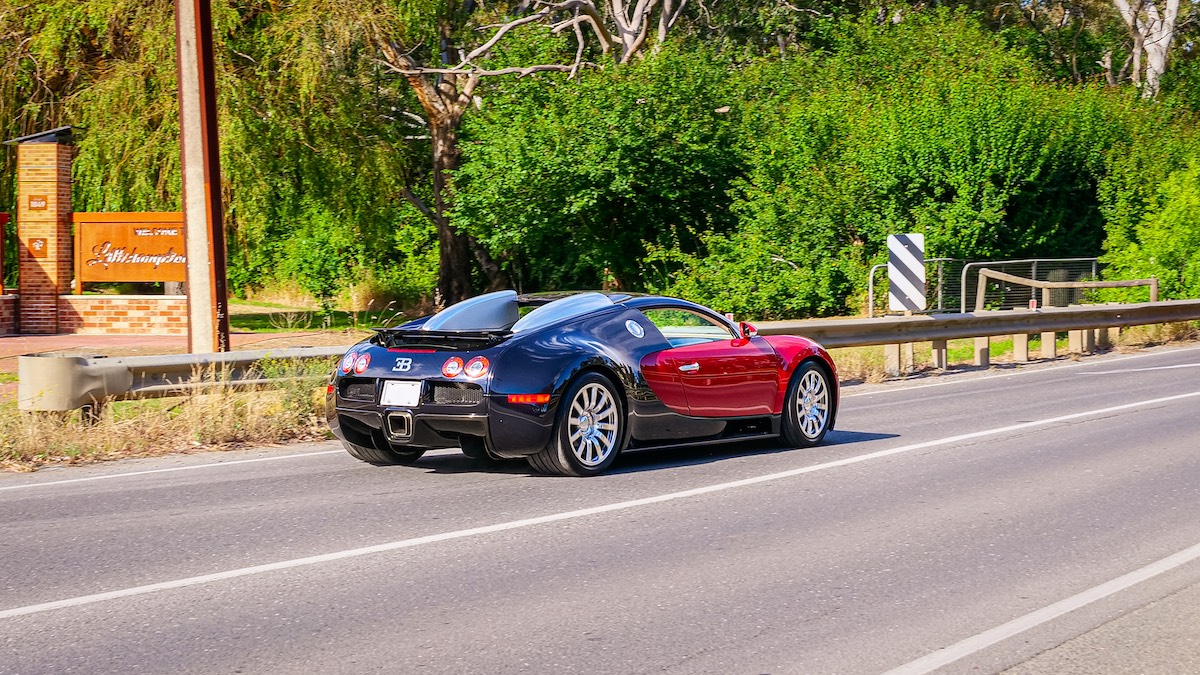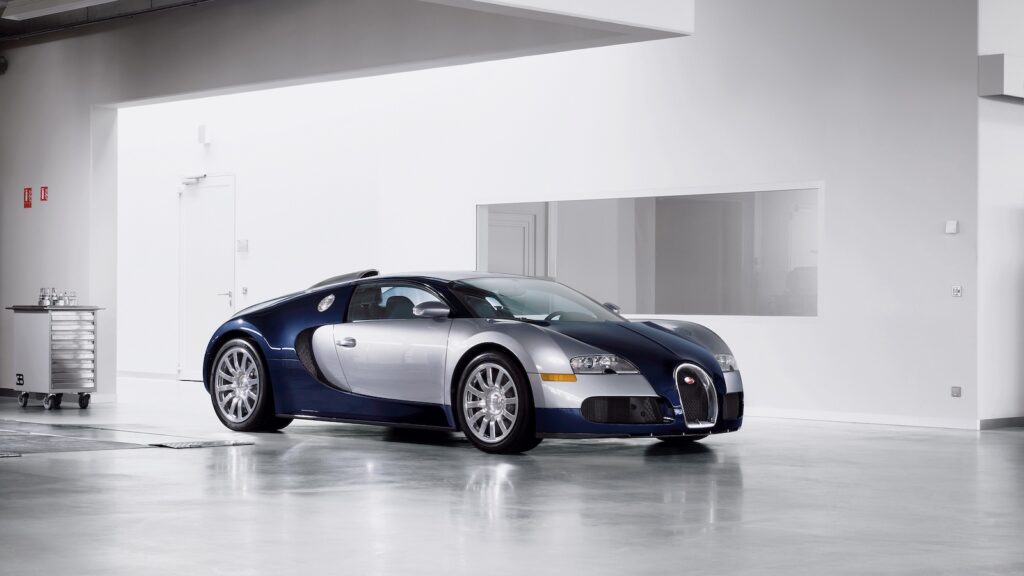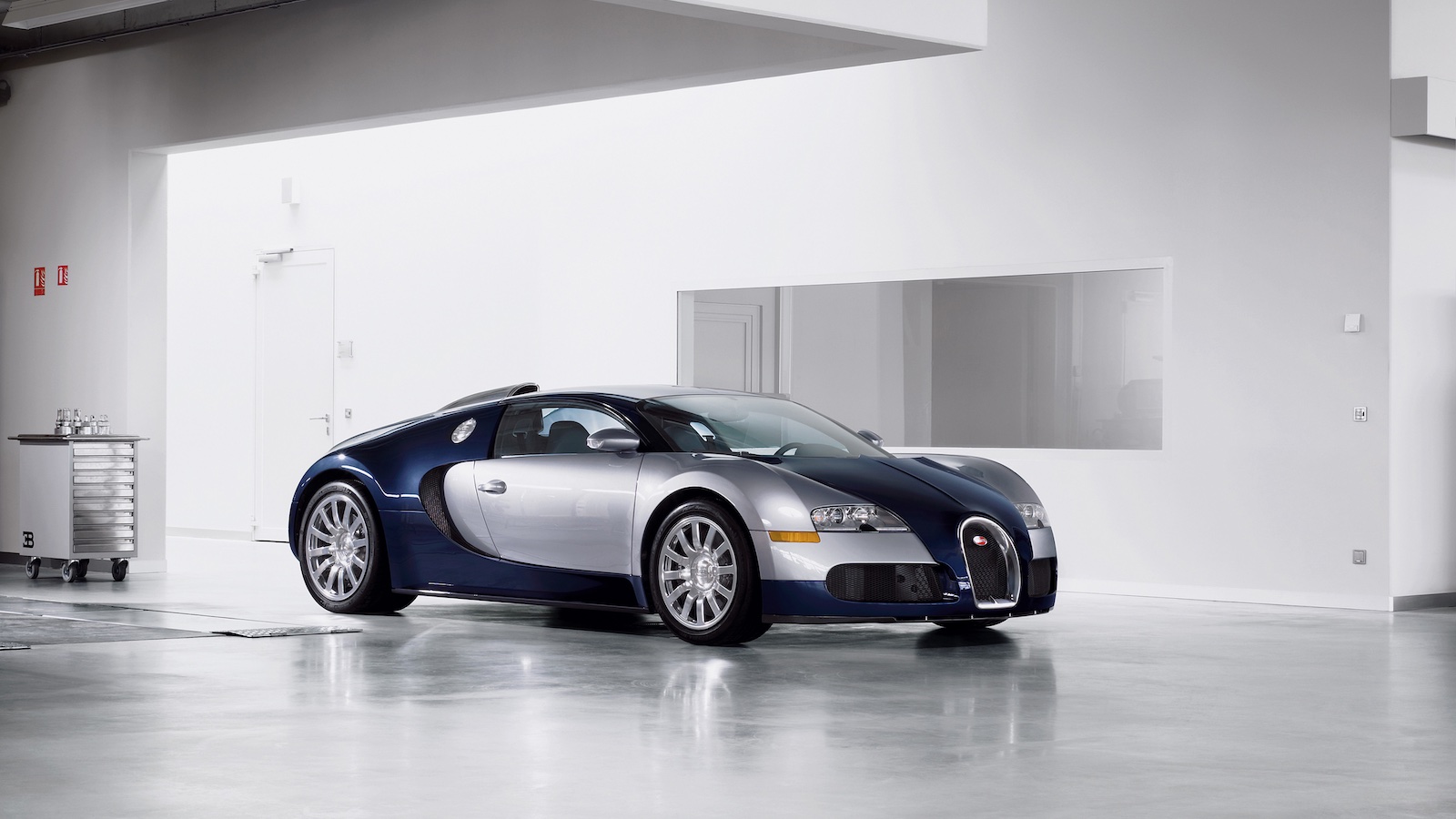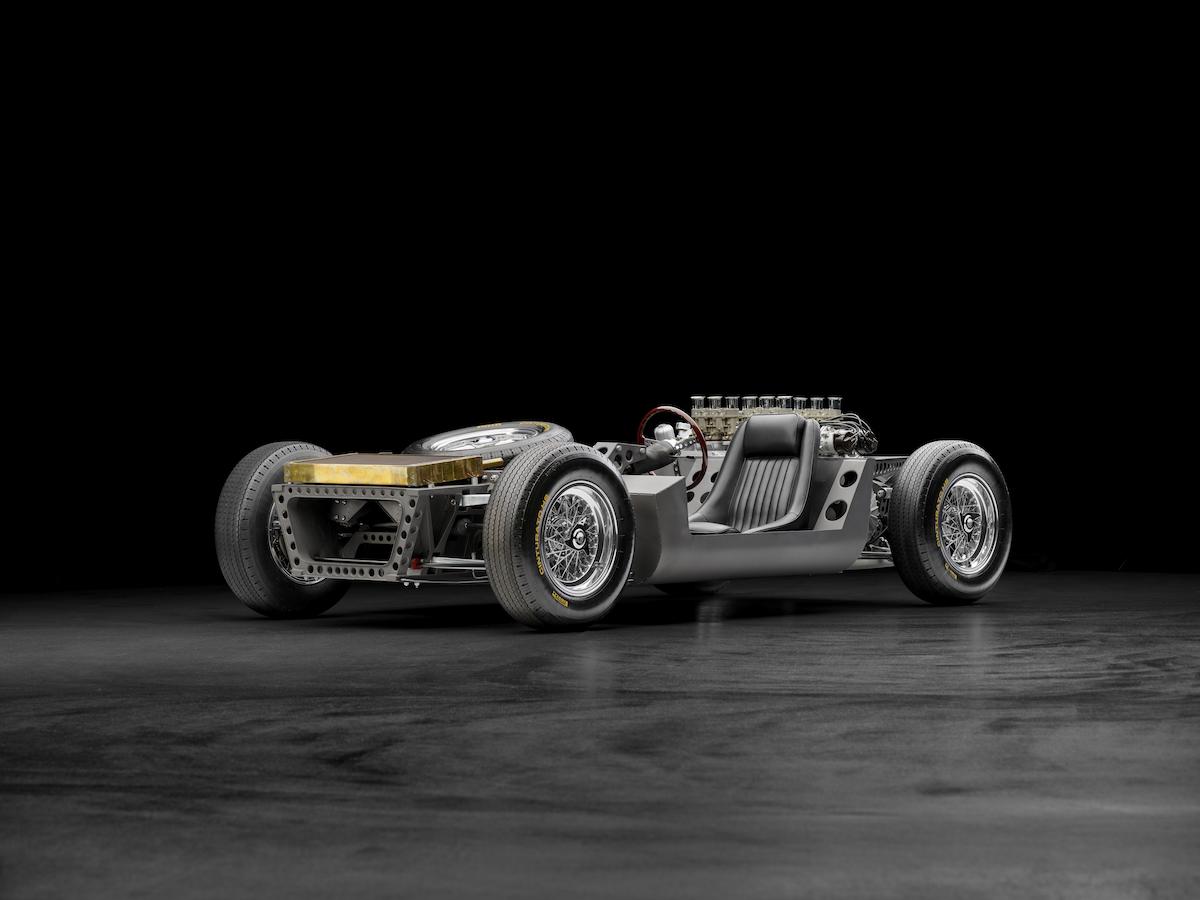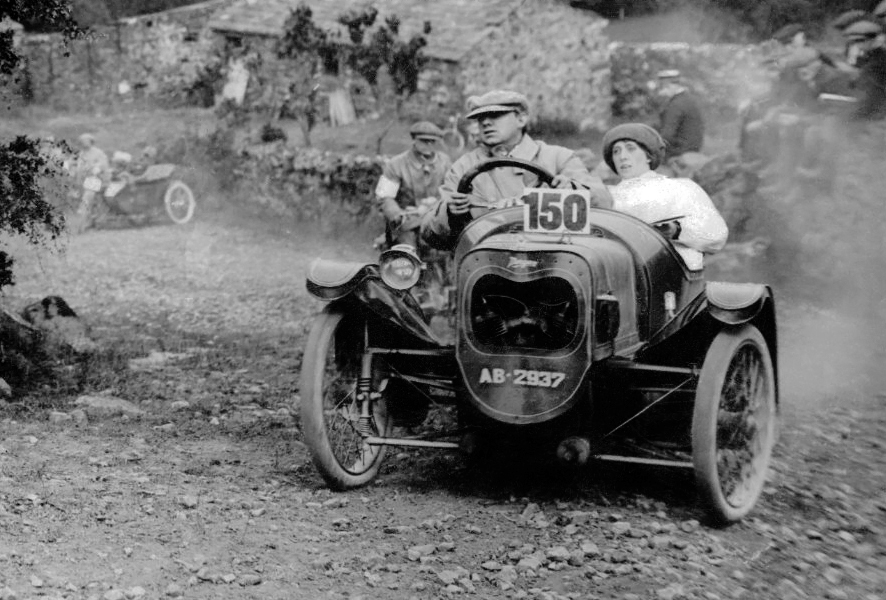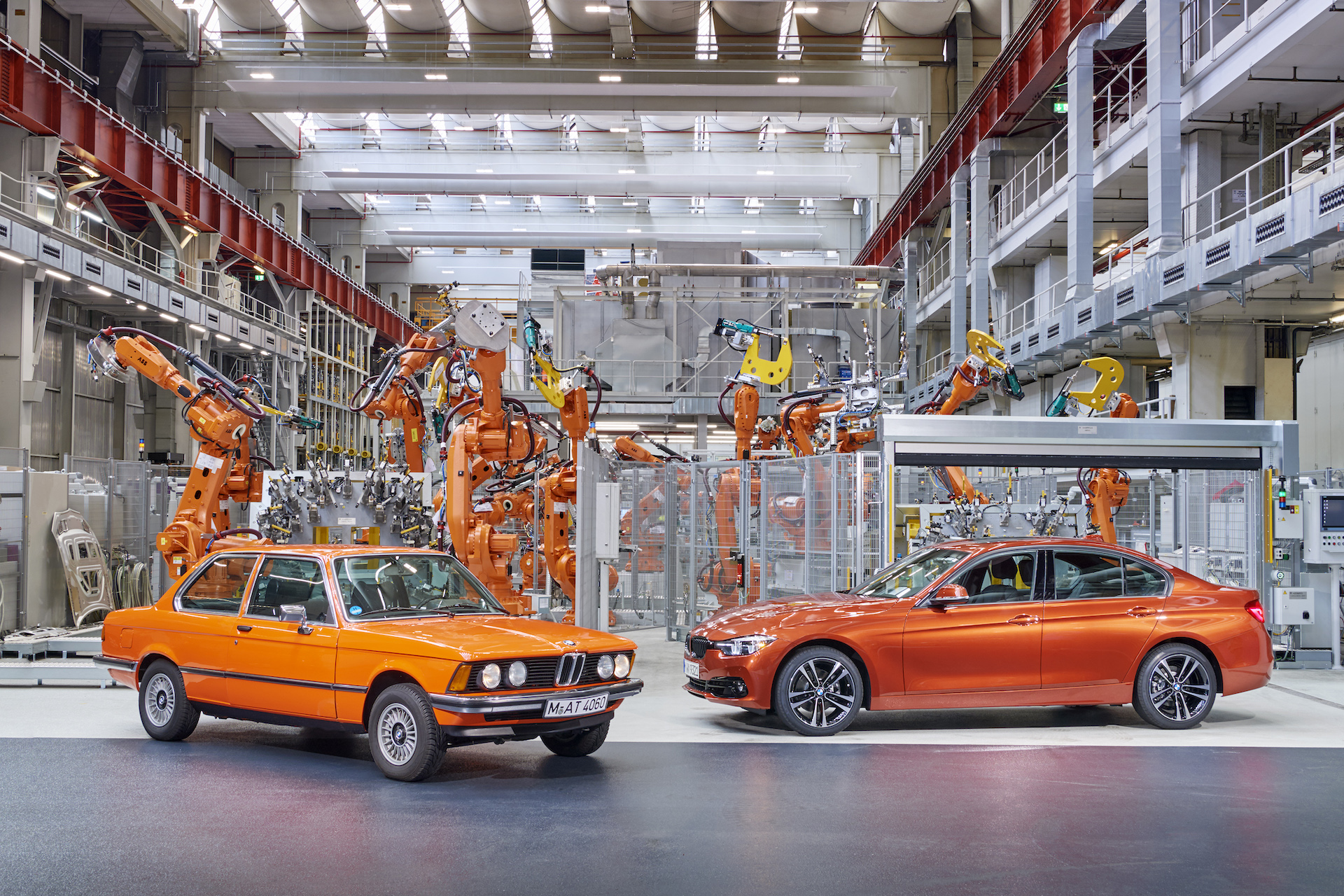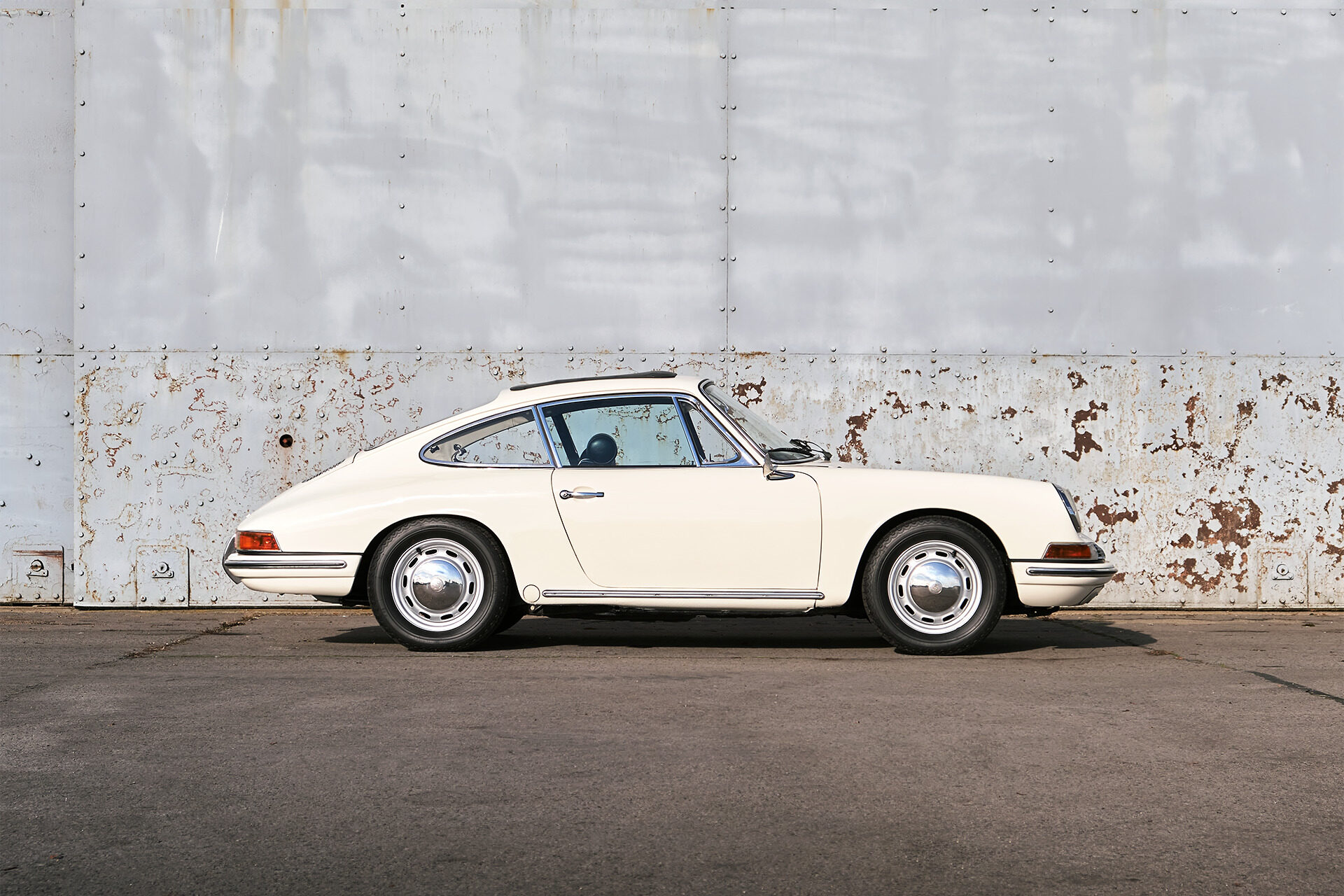It’s perhaps hard to believe that the Bugatti Veyron is already 20 years old, given how advanced its performance is even by today’s standards. Crowned the fastest production car in the world from 2005-07, and again from 2010-17 in uprated Super Sport guise, it rewrote the rulebook on what speed actually meant.
How this car came to be is quite the story in and of itself, though, and it all comes down to the unbounded imagination of then Volkswagen Group CEO Ferdinand Piëch and his determination towards reaching a goal that seemed impossible: building a car that produced 1000PS (986hp; 735.5kW) and could reach 400km/h, yet still be suitable for a relaxed drive to the opera with the wife in the evening.
If anyone could concoct and create such a thing, it was Austrian-born Piëch. A grandson of Ferdinand Porsche, he studied mechanical engineering at ETH Zurich and went on to play a pivotal role in the development of the Porsche 917 and Audi’s five-cylinder engine, quattro all-wheel drive system, and TDI technology.
It was in 1997 on a Japanese Shinkansen bullet train between Tokyo and Nagoya when he sketched out on the back of an envelope the idea that would lead to this dream becoming reality.
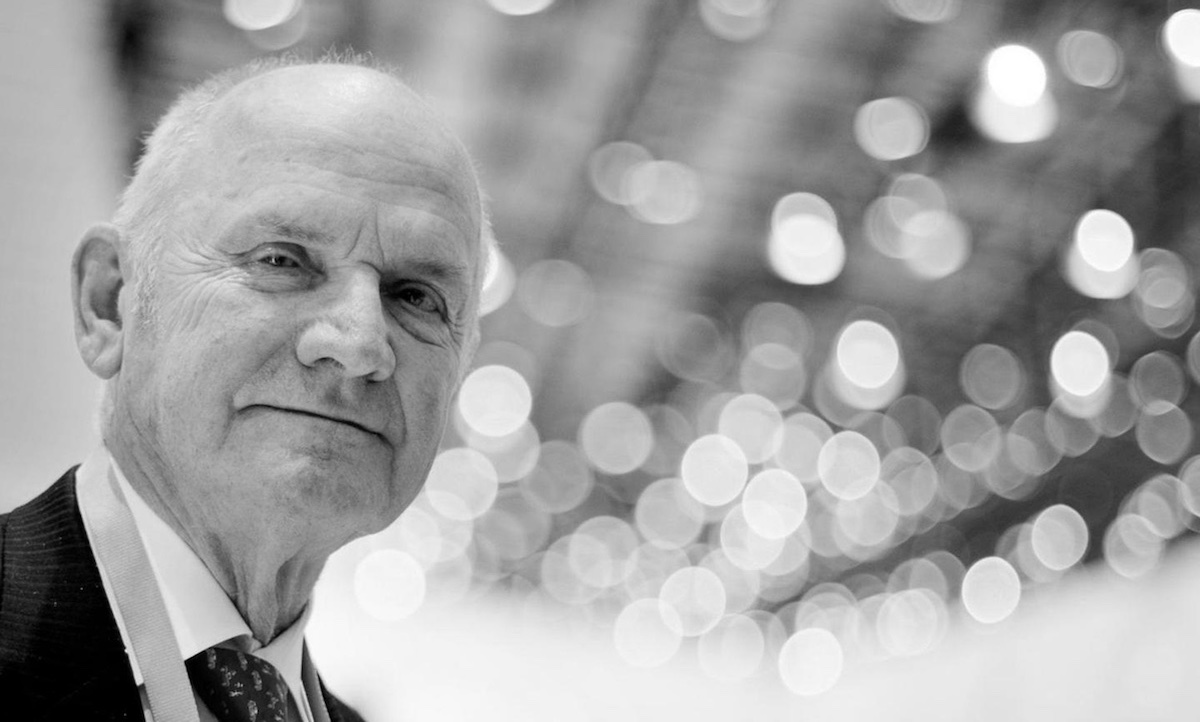
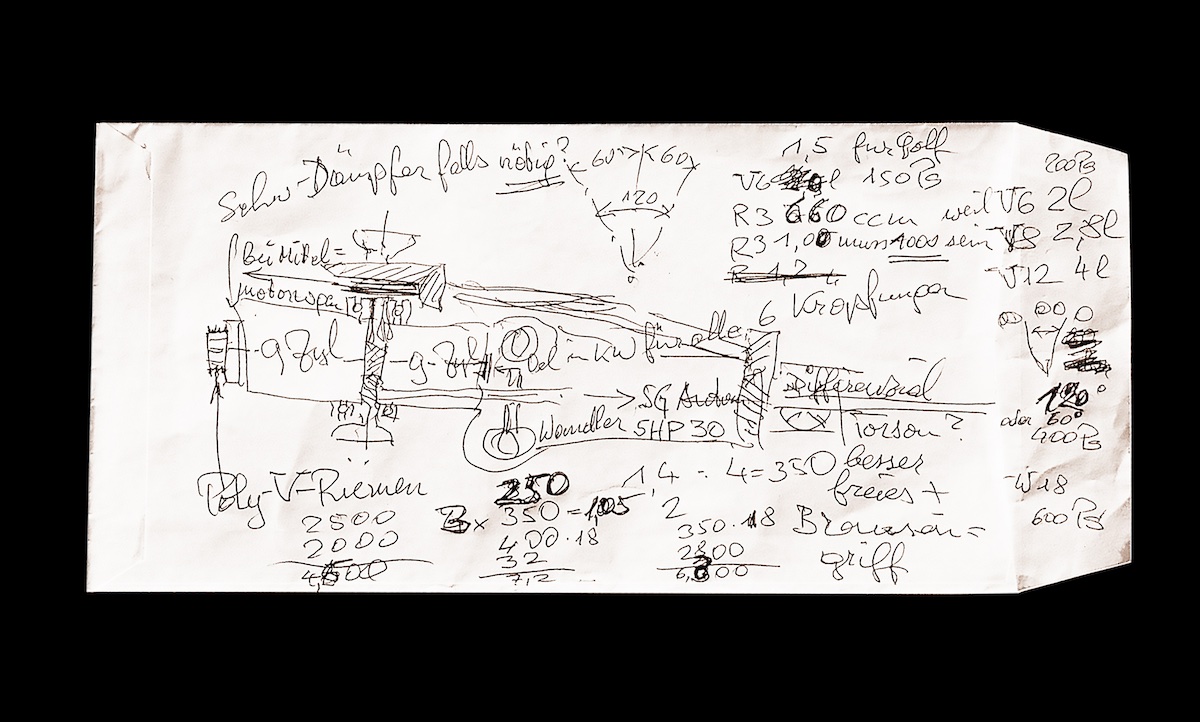
In conversation with Karl-Heinz Neumann, VW’s head of powertrain development at the time, he outlined an engine with 18 cylinders across three cylinder banks. This eventually led to the development of the 8.0-litre quad-turbocharged W16 engine used by Bugatti for the Veyron and later Chiron.
His idea was one that no existing vehicle architecture could support, and thus it required an entirely new approach to engineering. It was also one that needed to be represented and realised by the right brand, and fate was what led to Bugatti being chosen over Bentley and Rolls-Royce, the companies he’d previously been considering.
On an Easter holiday in 1997, Piëch’s son Gregor insisted on buying a model of a Bugatti Type 57 SC Atlantic in a shop, and this made the VW exec realise this name so synonymous with performance and luxury was the perfect fit. On May 5, 1998, Volkswagen secured the rights to the Bugatti brand, setting the first steps towards making this dream a reality in stone.
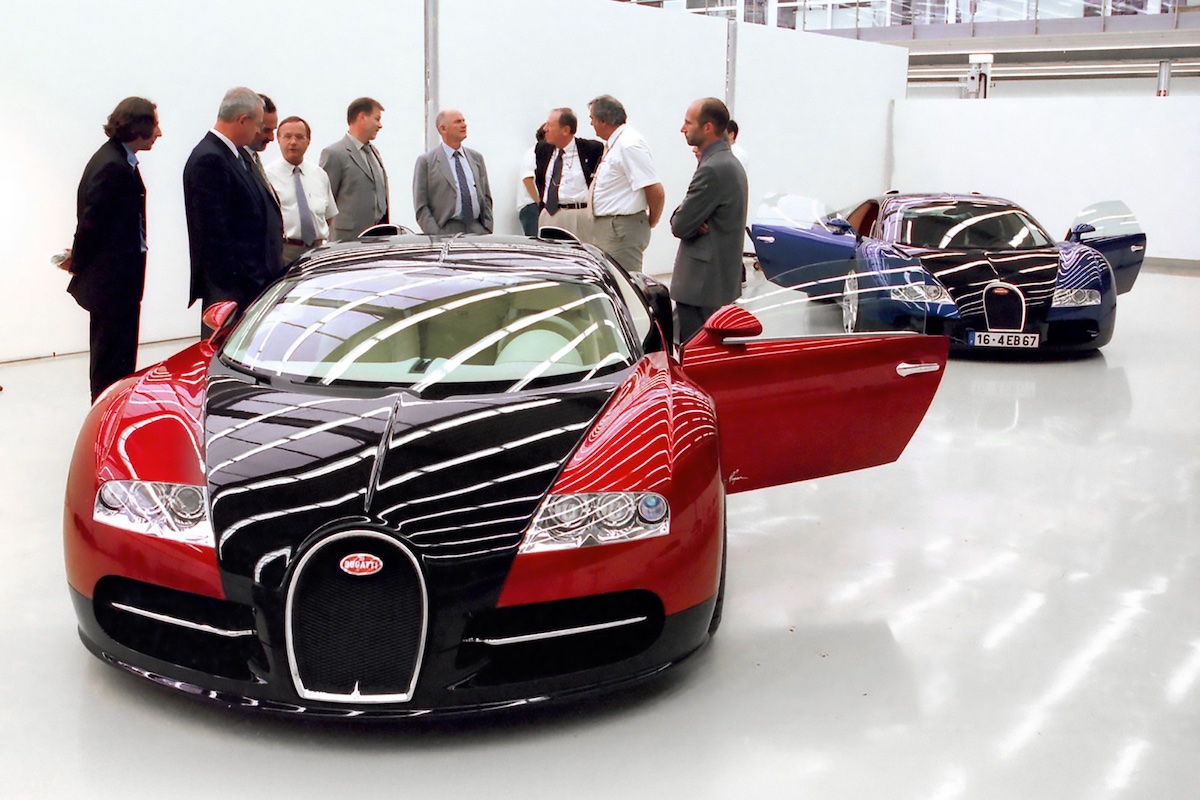
With the brand secured, Piëch commissioned his friend, the renowned designer Giorgetto Giugiaro of Italdesign, to develop a concept that faithfully honored his vision. The result was the Bugatti EB 118 – a two-door coupé featuring, as the name suggests, the originally envisioned 18-cylinder engine – which was unveiled at the Paris Motor Show in September 1998, mere months after Volkswagen AG had acquired the brand.
In March 1999, a second design study with 18 cylinders followed at the Geneva Motor Show with the unveiling of the EB 218 luxury saloon. In September of the same year, the brand also presented the EB 18/3 Chiron super sports car at the IAA in Frankfurt, with the numeric rearrangement due to 318 being a protected trademark of another manufacturer.
It was just one month after that, however, that the concept which previewed the eventual Veyron was revealed at the 1999 Tokyo Motor Show. The EB 18/4 Veyron, unlike the previous Guigiaro-designed prototypes, was penned by young Czech designer Jozef Kabaň, under the direction of seasoned design veteran Hartmut Warkuß.
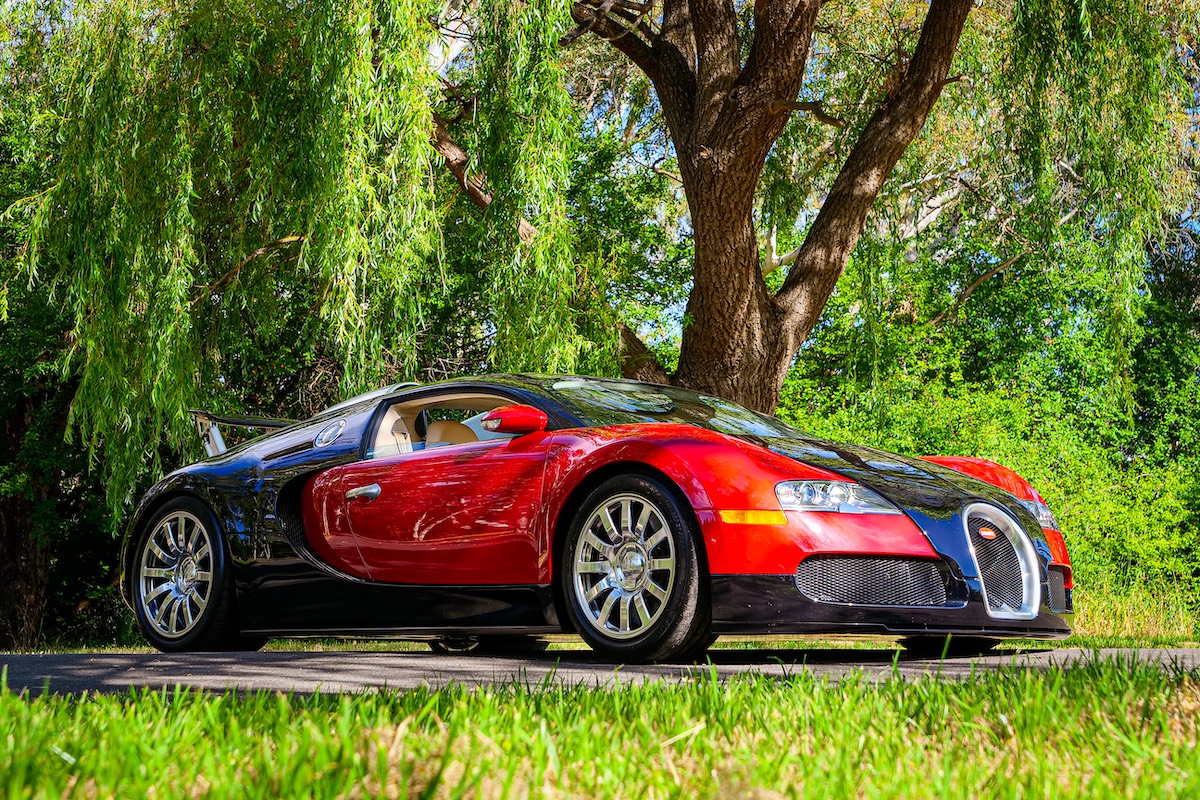
Just after the turn of the century, Piëch finally announced his bold plan to the world: Bugatti would build a car that produced 1001PS and could exceed 400km/h. The idea seemed impossible to imagine at the time, with Top Gear host Jeremy Clarkson saying in a 2004 news segment that “it never will exist”.
He, and all other doubters, were obviously wrong. In April 2005, the Veyron EB 16.4 set the new production car top speed record at 408.47km/h, a whole 52km/h faster than 1992’s McLaren F1. After being eclipsed in 2007 by the SSC Ultimate Aero and its 412.22km/h mark, 2010’s Veyron 16.4 Super Sport and its 1200PS (882.6kW) version of the W16 engine threw down the gauntlet at 431.07km/h. Piëch’s dream was clearly more than accomplished.
